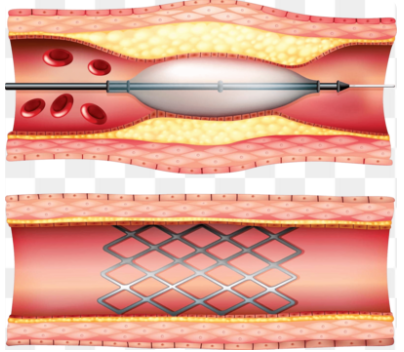
– A clogged artery with a plaque buildup
– The same artery after angioplasty with a stent in place
Purpose: Demonstrates the effectiveness of the procedure.
- Fluttering in your chest.
- Racing heartbeat (tachycardia)
- Slow heartbeat (bradycardia)
- Chest pain or discomfort.
- Shortness of breath.
- Lightheadedness.
- Dizziness.
- Fainting (syncope) or near fainting.
Heart issue, Chest pain, Heart failure, Breathlessness, Giddiness, and Syncope.
Heart diseases such as heart attack, congestive heart failure, congenital heart disease, and coronary heart disease are the leading cause of death for men and women in every part of the globe.
Interventional cardiology is a non-surgical option that uses a small, flexible tube called a catheter to repair damaged or weakened vessels, narrowed arteries, or other affected parts of the heart structure. An interventional cardiologist is a cardiologist with one to two years of additional education and training in diagnosing and treating cardiovascular disease as well as congenital (present at birth) and structural heart conditions through catheter-based procedures, such as angioplasty and stenting.